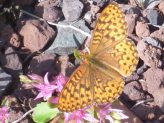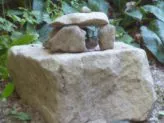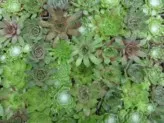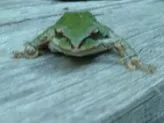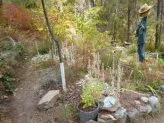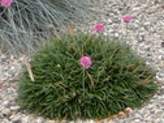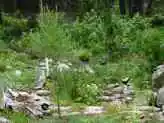Save your Sanity, and your Back
Many people in my age group are sick and tired of gardening and trying to maintain their yard.
Water guzzling lawns, plants that wilt if you look at them wrong, pesticide use – it’s too much work! We just want low maintenance landscaping, so we can enjoy the garden without being its slave.
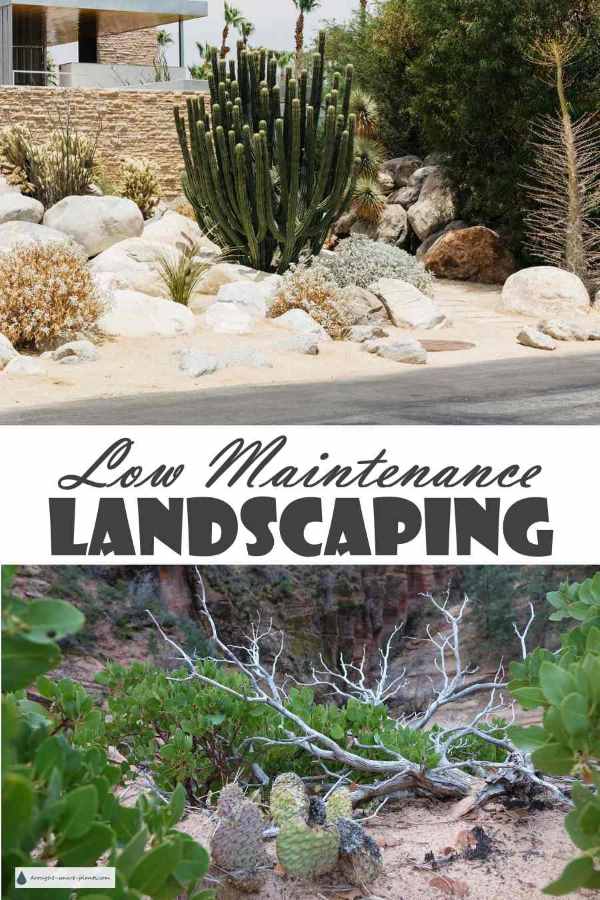
What are the options?
Move into a condo where all that is taken care of for you, but has no privacy? Or let the garden go to rack and ruin and look like a slum?
You could pave the whole thing over…but wait a minute! There is another way you can still have a gorgeous garden, but with almost no care (unless you like getting out among the flowers and taking pictures of the interesting birds and insects you’ll see).
What is this low maintenance landscaping solution, you ask? How about xeriscaping? This is a way of growing some of the most beautiful plants, with very little water. If saving water is important to you, investigate this new technique.
Finding the right plants is crucial to xeriscaping.
You’ll be able to throw off the shackles of the garden hose and watering can, as the knowledge you’ll learn will help you choose plants that don’t require much in the way of water other than what nature provides.
Other techniques that will assist you are water capture, and mulching.
Garden mulch prevents weeds from germinating, as well as saving water – a win/win situation.
Some of the many plants you can choose from are native flowers such as Penstemon, with blue, purple or pink flowers that hummingbirds and bumble bees will flock to; Clematis – choose the macropetala, or small flowered types – they are drought tolerant, resistant to verticillium wilt, and bloom in all colours of pink, white, blue and purple.
Many herbs such as Oreganum, Rosemary, Thyme and other plants that indicate their drought tolerance with an aromatic scent such as Lavender, Artimesia and Sage are the backbone of xeriscape design.
This type of plant is also listed in the 10 Best Perennials for Butterflies for good reason.
Use these shrubby perennials in groups, then plant smaller succulents such as Sedum – all colours and shades of the foliage and blooms, from palest green to deepest mahogany, white and cream to darkest red and bright gold.
Sedum spectabile varieties, such as Autumn Joy, an herbaceous perennial will add some height. Sempervivum, the hens and chicks plant and many others that are hardy, need no additional moisture, and best of all; will control erosion from that other problem we have – torrential rain fall.
All these plant choices will encourage the native wild bees, honey bees and other pollinators, as well as providing food in the way of nectar to many beneficial insects.
Along with many insects come the birds, wondering what the action is all about.
Who doesn’t want to attract many songbirds to their garden to help with pest control and add life and colour with their happy activities and cheerful song?
Whether you’re an experienced gardener, or a novice, learning the guidelines of low maintenance landscaping will enable you to grow a spectacular garden, with a light hand on the land, and the garden hose.
What Other Visitors Have Said
Click below to see contributions from other visitors to this page…
How To Plan a Low Maintenance Garden
Less work, more flowers, and food. That’s a win-win situation for any gardener. It’s very possible to have a low maintenance garden that practically takes …



